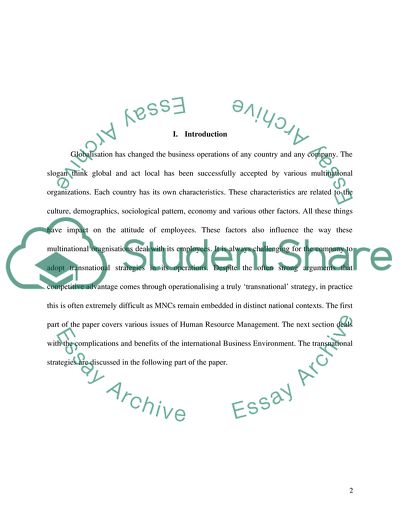Cite this document
(International Human Resource Management and Transitional Strategies Report, n.d.)
International Human Resource Management and Transitional Strategies Report. https://studentshare.org/human-resources/1703555-despite-the-often-strong-arguments-that-competitive-advantage-comes-through-operationalising-a-truly-transnational-strategy-in-practice-this-is-often-extreme
International Human Resource Management and Transitional Strategies Report. https://studentshare.org/human-resources/1703555-despite-the-often-strong-arguments-that-competitive-advantage-comes-through-operationalising-a-truly-transnational-strategy-in-practice-this-is-often-extreme
(International Human Resource Management and Transitional Strategies Report)
International Human Resource Management and Transitional Strategies Report. https://studentshare.org/human-resources/1703555-despite-the-often-strong-arguments-that-competitive-advantage-comes-through-operationalising-a-truly-transnational-strategy-in-practice-this-is-often-extreme.
International Human Resource Management and Transitional Strategies Report. https://studentshare.org/human-resources/1703555-despite-the-often-strong-arguments-that-competitive-advantage-comes-through-operationalising-a-truly-transnational-strategy-in-practice-this-is-often-extreme.
“International Human Resource Management and Transitional Strategies Report”. https://studentshare.org/human-resources/1703555-despite-the-often-strong-arguments-that-competitive-advantage-comes-through-operationalising-a-truly-transnational-strategy-in-practice-this-is-often-extreme.


